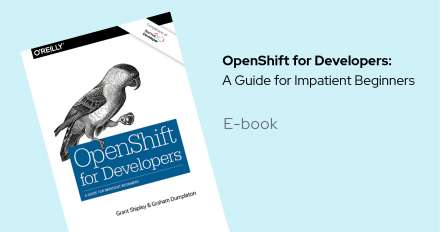
Article
That app you love, part 9: Storage and statefulness
Welcome to the ninth installment of That App You Love , a blog series in which I show you how to you can make almost any app into a first-class cloud citizen. If you want to start from the beginning, jump back and check out Part 1: Making a Connection . You’ll need the docker service and the oc utility to follow along in this post; for instructions check out Part 5: Upping Our (Cloud) Game . In Part 8...






